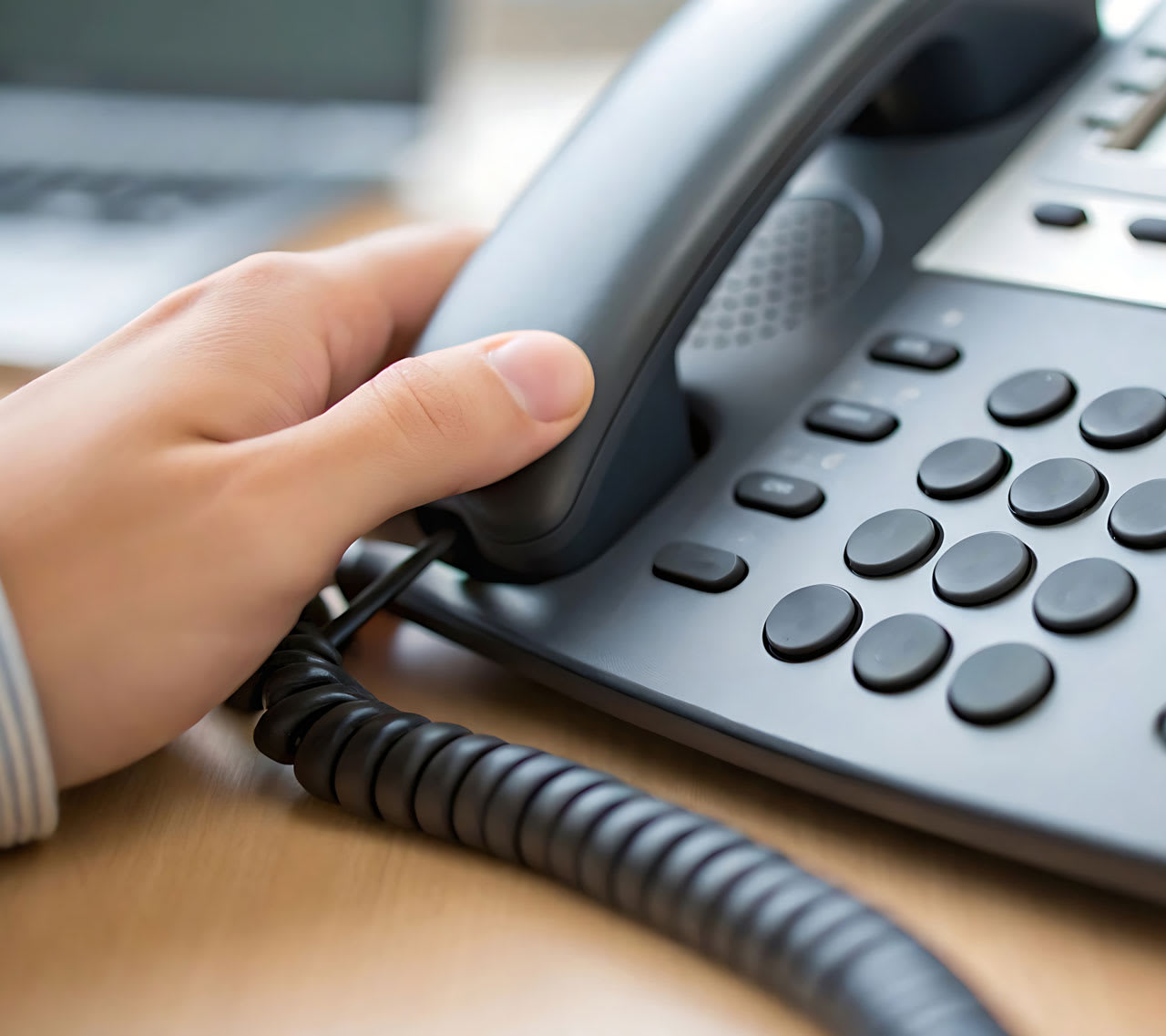My practice is limited to low vision only, so I have no staff, no office (I rent exam space), accept no insurance, and do not provide primary eyecare services. As a result, I need to know that the patients I schedule have a high probability of a successful outcome. I define “successful” as the patient says they benefit, and I earn a fee commensurate with my knowledge and experience.
Here, I discuss how I increase the likelihood of success, some patient examples, and I provide a huge caveat regarding how I boost the probability of success.
Increasing the Likelihood of Success
I personally screen every potential patient via a free, 5-minute phone consultation, during which I assess 2 variables: (1) functional vision and (2) task. To determine the patient’s level of functional vision, here are some examples of questions I ask:
- Can you read newsprint-size material? If not, can you read it with a magnifier? If not, can you read the headlines on a newspaper?
- How close must you get to another person to recognize their face?
- How close must you get to the TV to see faces?
- If you are driving, what do you have trouble seeing?
These questions help me predict whether there is an amount of vision I can work with to provide low vision services. Next, I ask about their task “wish list.”
The “wish list” of most patients is to:
• Read.
• See their computer/smartphone.
• See their TV.
• Drive.
• Write to pay bills.
• See grandchildren play sports.
• Participate in recreational activities, such as playing Bridge.

In listening for the amount of functional vision the patient has and the tasks they want help with, I am able to predict whether there is a good chance I can help them.
Patient Examples
If a potential patient complains of “blurry” vision and a desire to “see better,” but they report being able to perform all the activities they want, I have found that this patient will not benefit from low vision services. The reason: Their “blurry” vision is not affecting their ability to function. Additionally, they don’t have any tasks or activities for which they’ve requested help.
If a possible patient candidate requests correcting one eye that has lost vision, but their “good” eye allows them to perform the tasks they want/need to do, I have found that they are not a candidate for low vision services. The reason: While this patient’s depth perception may be affected, there is no way to bring back their binocularity.
If a potential patient complains of struggling to see street signs at a distance, I have found that there’s a good chance I can help them. In fact, I’ve made many patients ecstatic with bioptic telescope glasses to see those signs 2 or 3 times farther away.
A Huge Caveat
While I have found that the phone-screening process often leads to seeing those patients who can benefit from low vision services, there is no way of knowing for sure without scheduling them for a comprehensive low vision exam. Therefore, if I tell a patient that I don’t think I could help them, and they request an appointment anyway—which doesn’t happen often, by the way—I will see them.
Case in point: I recently spoke with an 87-year-old female dry age-related macular degeneration (AMD) patient whom I thought would not be a candidate for low vision services, as the vision she described seemed too low for me to help. While she said she understood the possibility of failure, she requested a comprehensive low vision exam appointment anyway. The patient was a retired librarian who desperately wanted to read again and see her grandchildren play their sports.
Her best-corrected distance acuity was 20/480 OD and 20/800 OS, with a slight myopic correction. Amazingly, she had an immediate, excellent response with 1.7x full-diameter telescope glasses when looking at her daughter’s face. By adding a 2x (+8) reading cap, she read large print somewhat acceptably.
We ordered the low vision telescope glasses. The combination of the magnification and utilizing eccentric fixation was a success.
Another patient who had dry AMD, whom I thought I could help, recently presented for a comprehensive low vision exam. Her wish list was to see faces, the TV, 1000-piece jigsaw puzzle pieces, and read books. Her best-corrected distance VA was 20/160- in each eye and 2M (18pt) @ 12” with her moderate astigmatic presbyopic prescription.
For seeing faces and television, she reacted very well to low power, full-diameter telescope glasses and seemed quite satisfied. The glasses were ordered. Later that day, however, she cancelled the order, stating the benefits were not sufficient to go forward.
Not Fool Proof
I have found that vetting low vision services candidates via phone is an effective way to increase the likelihood of a successful outcome, while avoiding disappointing an already anxious patient who can’t be helped. However, the “filtering” phone conversation is not perfect. Only by completing a comprehensive low vision exam can we capture everyone who can be helped. OM




